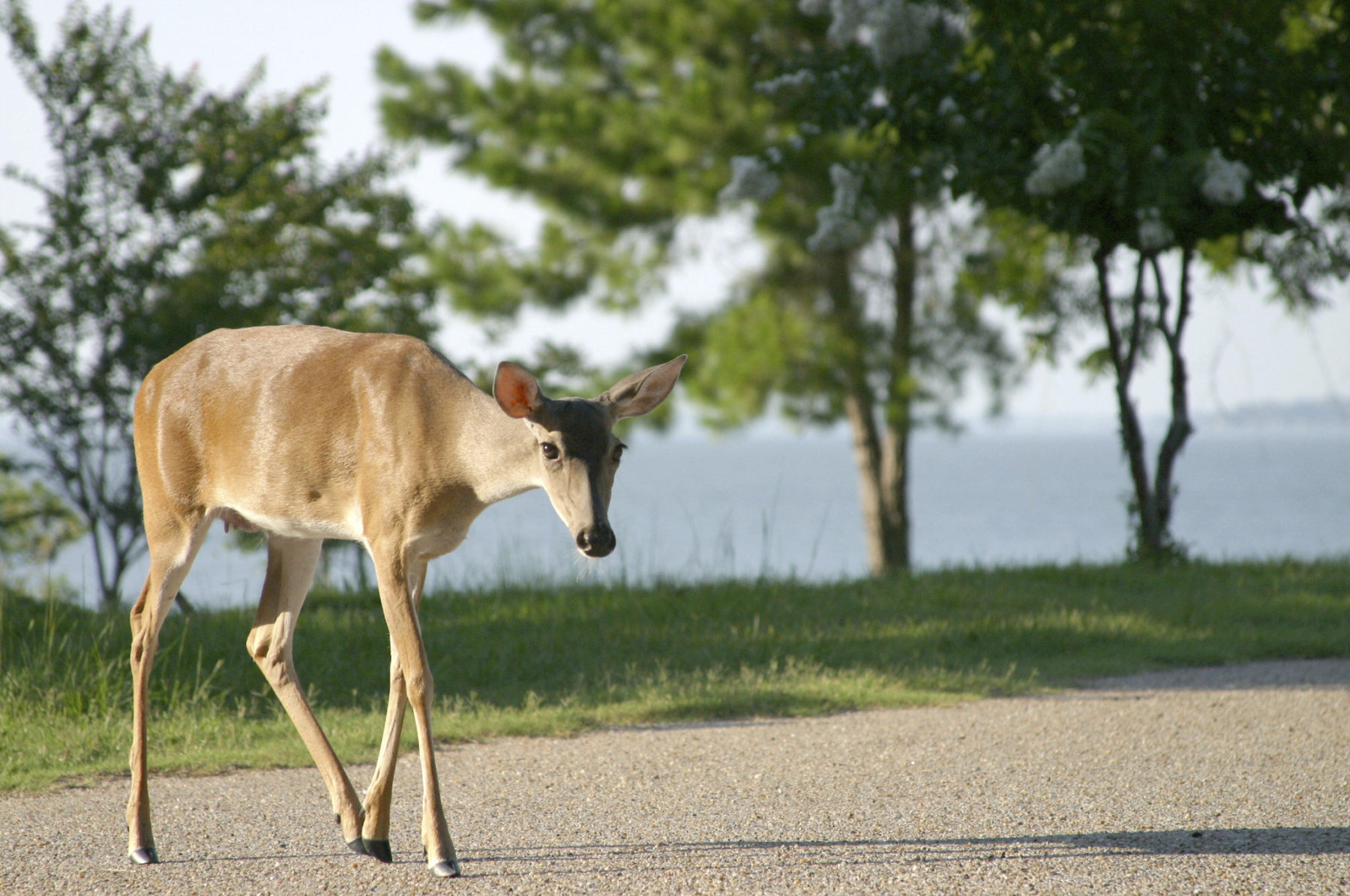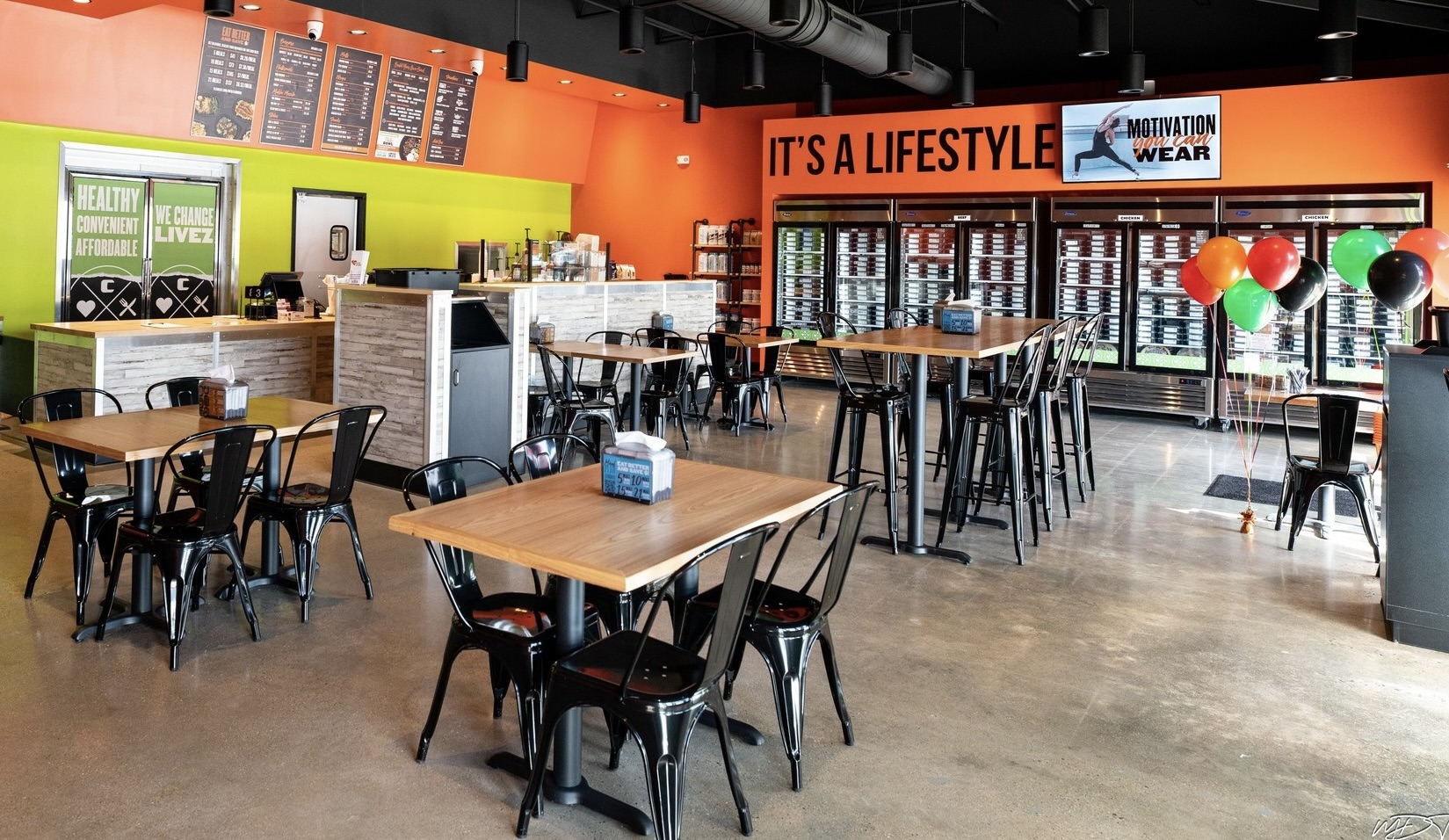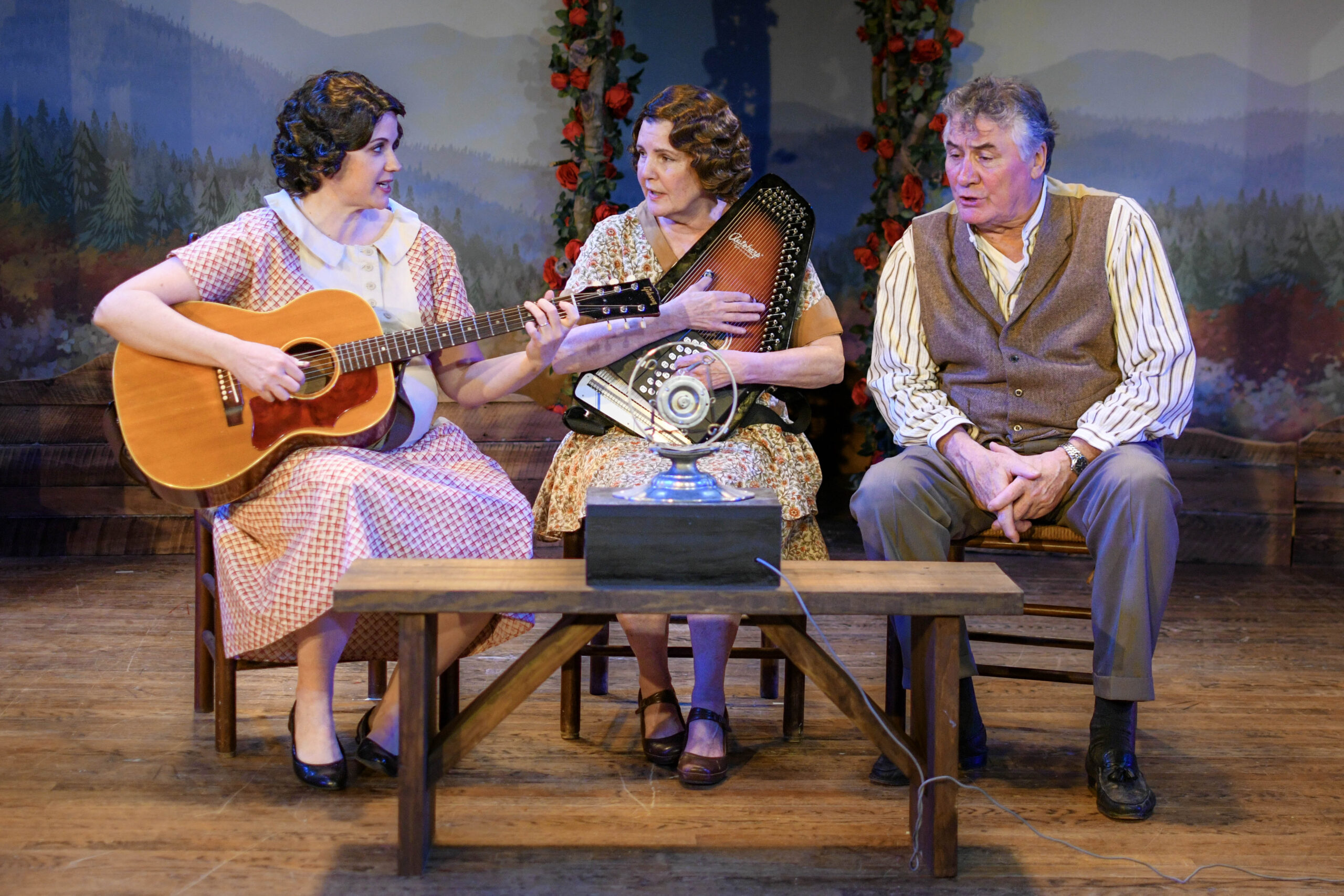Fall is officially here, and October, November, and December are the worst months of the year for motor vehicle collisions with animals due to deer mating season. A collision with a deer or other animal can put a serious dent in your vehicle, if not destroy it completely, and could result in serious injuries or fatalities.
According to crash data provided by the Virginia Department of Motor Vehicles, last year more than 5,000 (5,832) crashes involved deer collisions, with the majority of incidents (3,057) happening in the last three months of the year.
“This time of year is when deer are most active and will often dart out without warning,” said Tammy Arnette with AAA. “It is incredibly important for drivers to remain vigilant, alert, and distraction free while driving at all times.”
A Costly Crash
While any animal on the road can be dangerous, according to the Insurance Institute of Highway Safety, there are more than 1.5 million deer-vehicle collisions each year, resulting in 150 human deaths and tens of thousands of injuries. Crashes involving deer can pose great risk to motorists, but even a crash in which no one is injured can be costly. AAA Insurance reports the average deer-related claim in Virginia in 2018 was $3,956.
Are You Covered?
The National Insurance Crime Bureau (NICB) finds that between 2014 and 2017 there were 1,740,425 animal-related insurance claims processed in the United States with collisions with deer causing the most claims. The actual number of incidents is likely much higher since many drivers do not choose to carry coverage for this type of event. Collision coverage pays for damage to your car resulting from a collision with an object (e.g., a telephone pole, a guardrail, a mailbox), or as a result of flipping over. Comprehensive coverage is for damage to your car covered by disasters “other than collisions,” contacts (in this case, contact/collision with animals) and are paid for under the comprehensive portion of an auto insurance policy.
Tips to help prevent a crash or to reduce damage from an animal collision:
- Pay attention to road signs. Yellow, diamond-shaped signs with an image of a deer indicate areas with high levels of deer activity.
- Keep your eyes moving back and forth. Continuously sweep your eyes across the road in front of you for signs of animals and movement. Animals may also be alongside the road, so make sure to look to the right and left. While the most likely crash is you hitting an animal, on occasion they might also hit you by running into the side of your car.
- Be especially attentive in early morning and evening hours. Many animals, especially deer, are most active from 5-8 a.m. and 5-8 p.m., prime commuting times for many.
- Use high beams when there is no oncoming traffic. You can spot animals sooner. Sometimes the light reflecting off their eyes will reveal their location.
- Slow down, and watch for other deer to appear. Deer rarely travel alone, so if you see one, there are likely to be more nearby.
- Slow down around curves. It is harder to spot animals when going around curves.
- One long blast. A long blast on your horn may frighten animals away from your vehicle.
- Resist the urge to swerve: Instead, stay in your lane with both hands firmly on the wheel. Swerving away from animals can confuse them so they don’t know which way to run. It can also put you in the path of oncoming vehicles or cause you to crash into something like a lamppost or a tree.
- If the crash is imminent, take your foot off the brake: during hard braking the front end of your vehicle is pulled downward which can cause the animal to travel up over the hood towards your windshield. Letting off the brake can protect drivers from windshield strikes because the animal is more likely to be pushed to one side of the vehicle or over the top of the vehicle.
- • Always wear a seatbelt. The chances of being injured when hitting an animal are much higher if you do not have your seatbelt on. Also never drive drunk, distracted or drowsy.
In the event of a collision with an animal, AAA recommends:
- Following the collision, call the police.
- Avoid making contact with the deer/animal. A frightened or wounded animal can hurt you or further injure itself.
- Put the vehicle’s hazard lights on; whether it’s light or dark outside.
- If possible, immediately move the vehicle to a safe location, out of the roadway, and wait for help to arrive. Your safety and the safety of your passengers is most important.
- Contact your insurance agent or company representative as quickly as possible to report any damage to your car. Collision with a deer or other animals is covered under the comprehensive portion of your automobile policy.
To report a dead deer for removal from Virginia state maintained roads, motorists can call the Virginia Department of Transportation customer service center at 1-800-367-7623 or submit a request online at VDOT.
___________________________________________________________________
AAA provides automotive, travel, and insurance services to 60 million members nationwide and more than one million members in Virginia. AAA advocates for the safety and mobility of its members and has been committed to outstanding road service for more than 100 years. AAA is a non-stock, non-profit corporation working on behalf of motorists, who can now map a route, find local gas prices, discover discounts, book a hotel, and track their roadside assistance service with the AAA Mobile app (AAA.com/mobile) for iPhone, iPad and Android. For more information, visit www.AAA.com.







